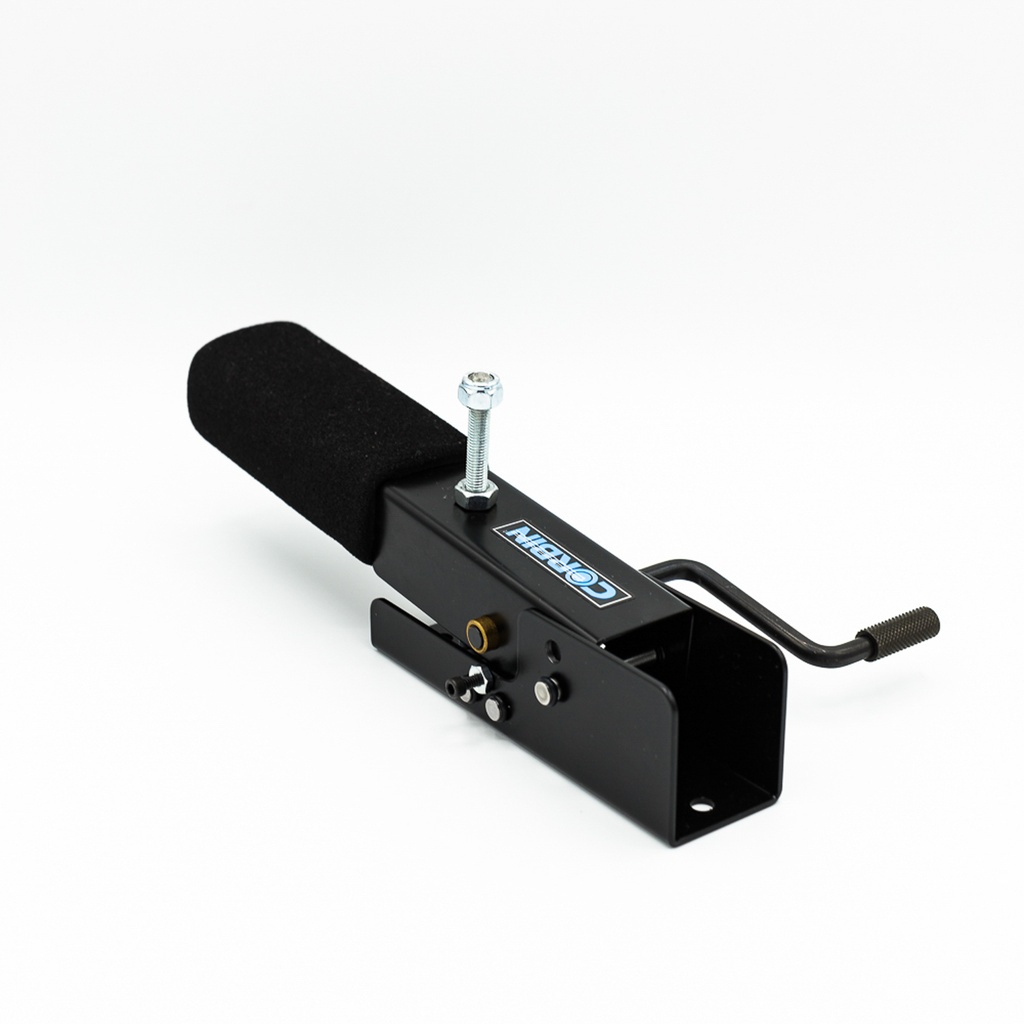I’ve been trying to figure out if knurling reduces or helps a slug's velocity. So far I’ve read that knurling can reduced leading and it can hold lubricants better. I haven’t found much more on the topic. I’ve seen some .45 slugs that @nielsenammo makes that are knurled and I’m wondering why just that caliber and what’s the purpose? What are the other benefits of this feature of slugs for airguns?
Last edited:
